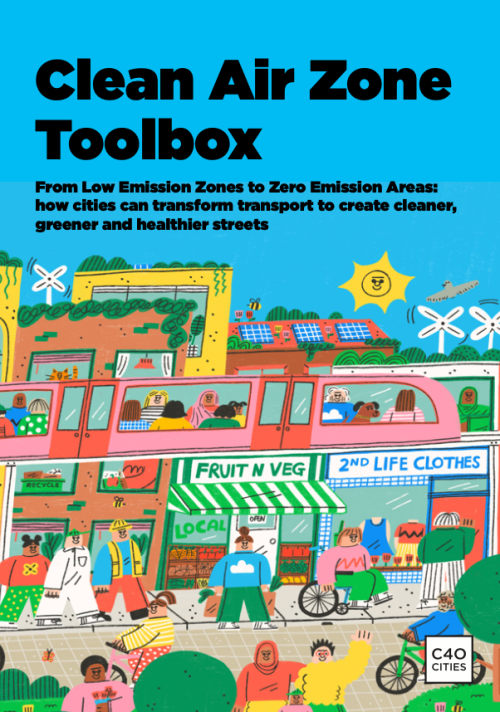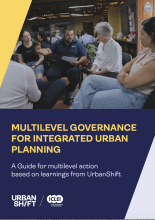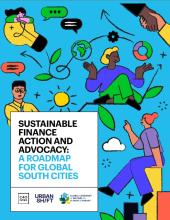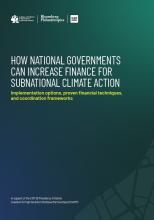Toolkit

Clean Air Zone Toolbox
From Low Emission Zones to Zero Emission Areas: how cities can transform transport to create cleaner, greener and healthier streets
This toolbox is for all C40 and non-C40 cities planning, developing and implementing Clean Air Zone policies.
Clean Air Zones are specific areas of a city in which measures have been introduced to reduce toxic air pollution, prioritise people over cars, and promote a shift to active travel including walking, cycling and public transport. Urban vehicle access regulations (UVARs) such as Low Emission Zones (LEZs) and Zero Emission Areas (ZEAs) are an important part of a Clean Air Zone, as they improve air quality and public health by restricting access for the most polluting vehicles. This also helps accelerate the transition to zero-emission transport and address the climate crisis. Clean Air Zones tackle congestion and improve road safety for cyclists and pedestrians, providing more opportunities for safe, healthy movement for everyone. Clean Air Zones can be referred to by different names in different cities, such as Environmental Zones, Ultra Low Emission Zones, and Limited Traffic Zones. This toolbox is for all C40 and non-C40 cities planning, developing and implementing Clean Air Zone policies. It is informed by insights and learnings from leading C40 cities that have introduced Clean Air Zone policies, and are already seeing impressive benefits for residents. A total of 35 cities have signed the C40 Green and Healthy Streets Accelerator and committed to introduce a ZEA in their city by 2030.

MULTILEVEL GOVERNANCE FOR INTEGRATED URBAN PLANNING
This report outlines key learnings and insights from UrbanShift's Multi-Level Governance Dialogues.

Sustainable Finance Action and Advocacy: A Roadmap for Global South Cities
Commissioned by C40 Cities, the Global Covenant of Mayors for Climate and Energy (GCoM), and UrbanShift, this Roadmap provides evidence-backed insights, policy recommendations, and tools for Global South city mayors.

How National Governments Can Increase Finance for Subnational Climate Action
This report is aimed at defining implementation options for national governments to significantly scale up finance for subnational climate action in close partnership with subnational governments, development partners, and the private sector.

UrbanShift Annual Report 2024-2025
UrbanShift's final Annual Report spans an impactful year of over 30 events and major progress across our network of 23 cities.
